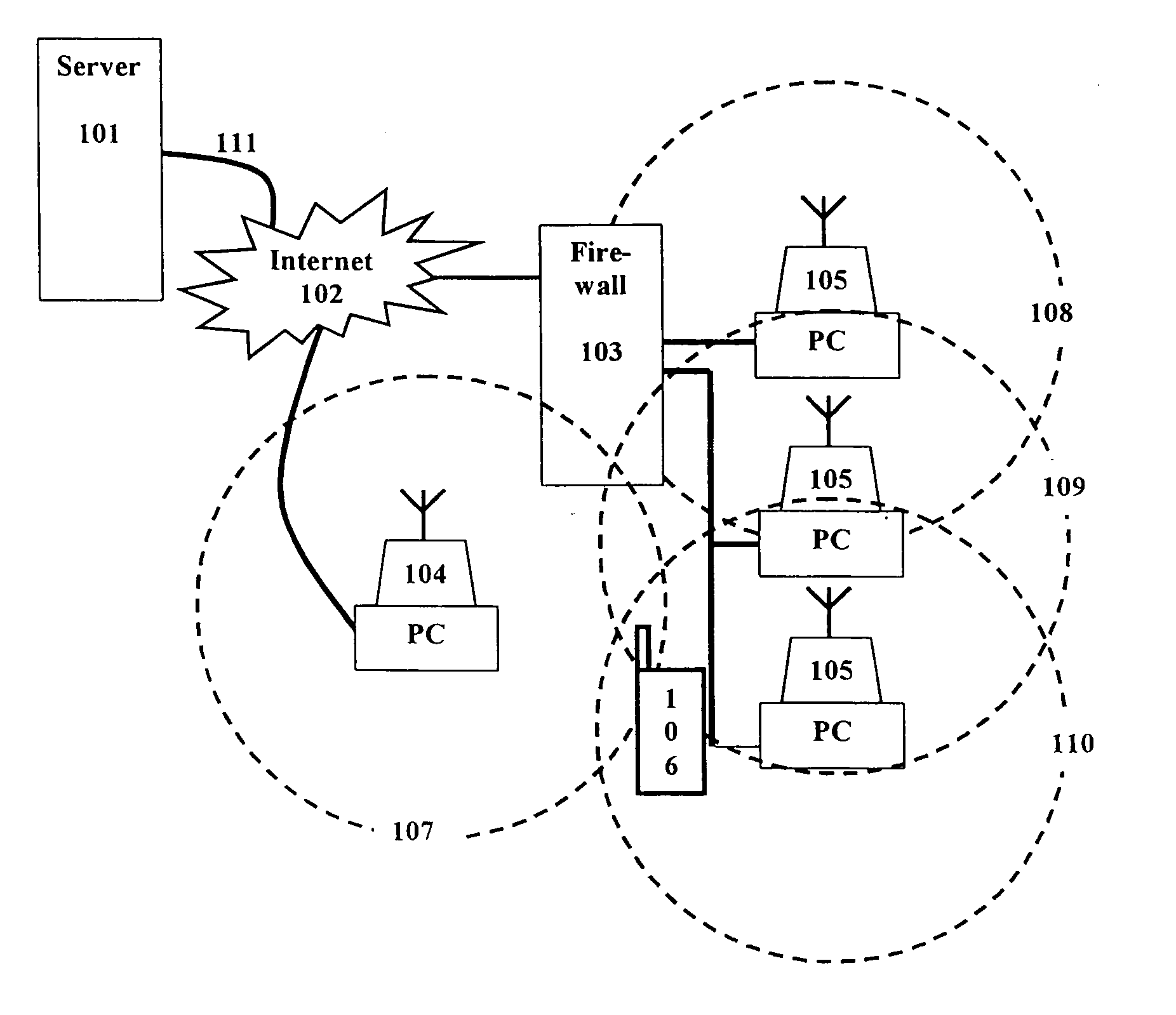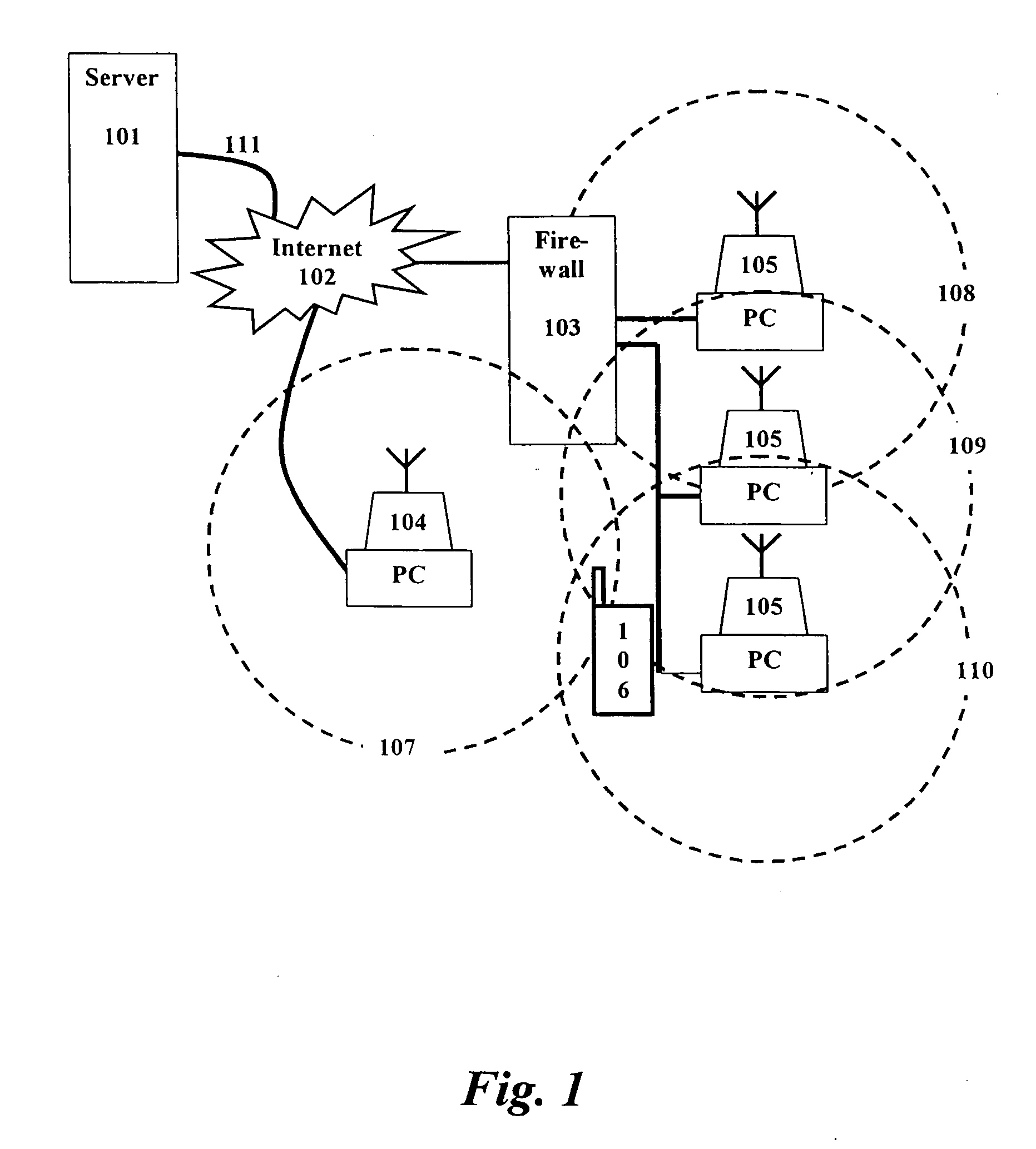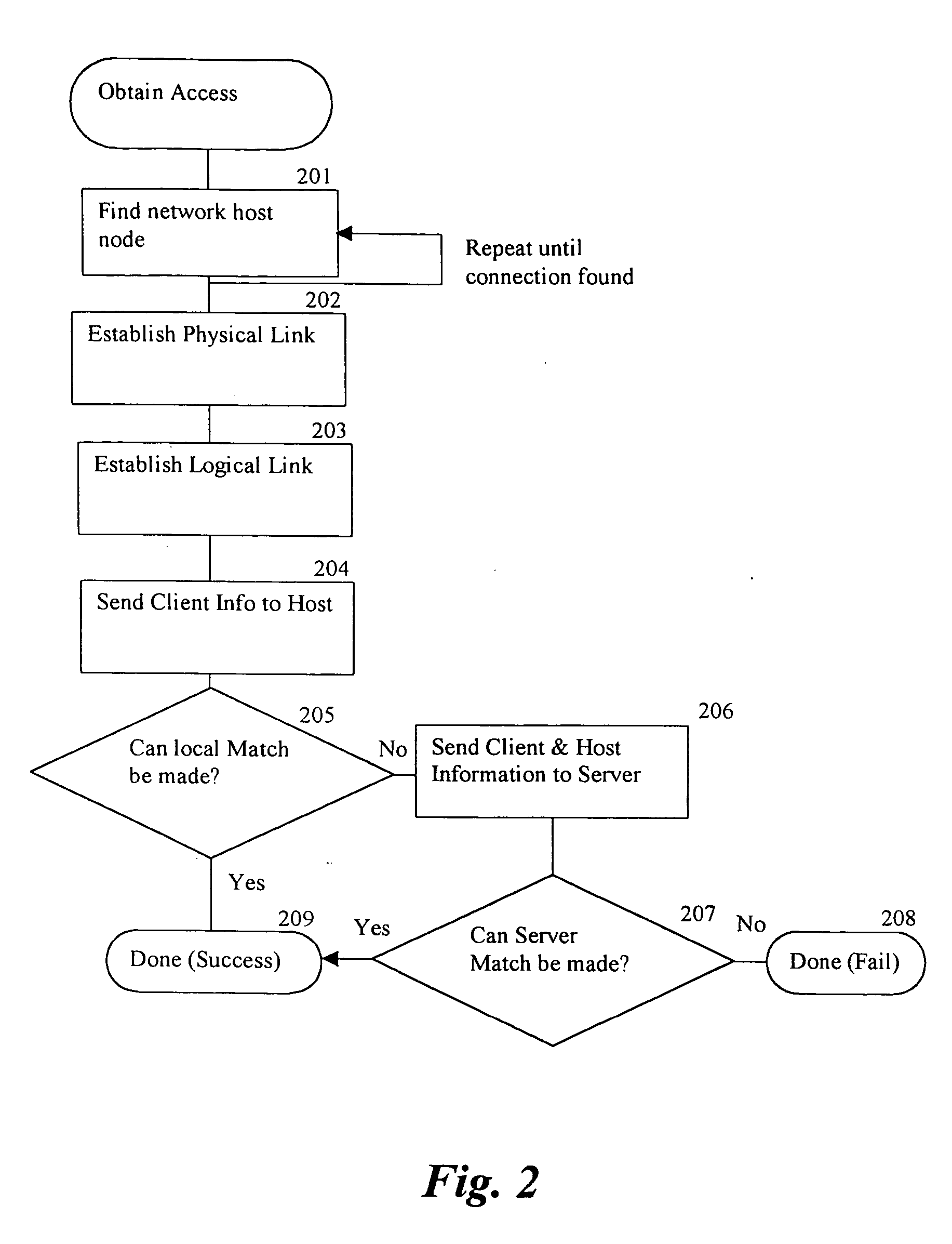Wireless connections are inherently expensive as they use a rare resource—
radio frequency spectrum—and require large infrastructure investments.
There are practical difficulties when away from home base, such as determining IP addresses,
proxy server settings, negotiating billing and
payment and security and privacy concerns.
Even the simple task of moving from one office to another within the same company can be fraught with complications and more often than not people fail to make connection when traveling away from home base.
With so many companies relying on e-mail and the
World Wide Web as a critical business tool, an inability to connect can prove costly to companies.
They all suffer from the limitation of low bandwidth and high cost.
All of these standards suffer to some extent from problems such as limited bandwidth and complex authoring environments.
The standard suffers from two problems.
Firstly that the link is optical and therefore requires a clear
line of sight.
Secondly the two computers need to have their IrDA ports configured and switched on.
This is a non-trivial task: The hardware must be enabled—commonly powersaving and compatibility issues mean that computers are shipped with the port disabled.
No simple solution is available to ensure a secure link.
This multi-step process is fraught with difficulties and there are numerous potential points of failure.
Most connections fail because either one of the steps cannot be completed, or each step is so
time consuming that the user gives up before completing the task.
Since mobile users are usually short of time, have
limited resources (such as driver disks, spare cables) and have to configure multiple times as they travel thru different environments, the effort is very frustrating.
Although many operating systems (such as Windows 2000™) allow connection sharing the implementation of these makes the task very complex.
Since both standards operate in the same
frequency spectrum the two systems will tend to interference with each other.
Additional difficulties occur when a firewall is present.
If a shared connection is obtained in the home or office, access to
the Internet may be blocked or restricted by the activities of a firewall.
The same technology that provides the firewall capability may also track usage and web sites visited providing a risk to privacy.
Additionally information that is sent or received may be logged causing considerable security risk.
Although the cellular
system provides some degree of
roaming it provides no solution to inter-system
roaming and uses expensive infrastructure, which results in high call cost.
In addition the process of connecting a PC or PDA to a
cell phone is complex and requires considerable reconfiguration of the device.
When visiting someone else's home obtaining access to
the Internet is difficult.
You can install a network and enable connection sharing in your OS—for example Windows 2000™ but this involves a number of complex steps.
Thus many network services are not secured against internal access.
It will be prohibitively expensive to give each device it's own dedicated connection.
Some technologies defy this simple classification.
A complication of WWANs in particular, but all networks in general, is that they distinguish between voice bearers and data bearers.
In implementing such mobile voice and data systems, these systems will have to deal with the problems of roaming and handoff between them.
Because of this requirement to emulate the
GSM cellular protocols (signaling and voice) in complex handoff scenarios these systems suffer from a number of practical problems: The
GSM specification was not written with the assumption that the radio layer could change mid way through a transaction and it therefore organizes the signaling channel with precise time slot assignments, interleaved with the voice channels.
Implementation of UMA therefore requires complex integration with the
GSM software stack at a low level in the phone such that the phone can perform these handoff tasks.
Because of these timing, slotting, encapsulation and signaling elements, the system design is complex with many points of integration between the WLAN signaling elements and the GSM elements at low levels in the stack.
Presently, such low level integration requires considerable
engineering time to implement as the
software elements are real-time and
time critical—often upwards of 18 months for
software work, manufacturing and test prior to launch in the network.
Even with considerable design effort system performance can still be limited with handoff failures and
interoperability restrictions.
In addition, although the specification calls for the use of standard access points, in practice the access points have to be specially designed to cope with the timing requirement inherent in the protocol management and this means the systems can not work with
general purpose access points such as those deployed in the market already in hotspots, homes and offices.
This need to specifically design each AP dramatically increases the total cost to deploy a system as every Access Point must be visited where the older units need to be swapped out and the newer unit installed.
This requirement is disadvantageous because it is architecturally complex—data packets must transit through the cellular system even when they originated from WLAN Access Points as
Internet Protocol (IP) and are often destined to terminate via IP, say as a VoIP call, thus putting unnecessary stress on these systems and causing numerous unnecessary protocol translations that introduce latency and potential for failure.
So a UMA protocol based system is essentially incompatible with peer-to-peer routing and SIP based RTP
stream direct connection paths.
Also, many companies that want to utilize voice and data services over
wireless do not possess core
cellular network infrastructure and such infrastructure is extremely expensive to purchase and the arrangements for leasing capacity are generally unattractive.
There are a number of problems with this: i) The
cordless telephony protocol implements ‘SCO-Audio’ which is a fairly simple
high bandwidth audio compression / decompression
algorithm (codec) that is not particularly well protected from interference by other radio devices; this limits range.
Re-encoding with different compression can produce serious audio artifacts, takes
processing power, increases latency and substantially reduces the
Mean Opinion Score (MOS) by which people rate the quality of sound.
iv) Differing compression algorithms are used on the differing radio connection methods and this makes for very complex control when trying to
throttle bandwidth.
This means that the higher levels of software have no control of this path to implement elements such as mixing, echo cancellation, improved CODECs, or indeed any extension to the basic audio functionality available.
However, problems exist with using these both for
Bluetooth and Wi-Fi.
In the case of
Bluetooth, the current versions of Windows™ do not support audio profiles including CTP.
In addition to the protocol elements described above there are a number of problems presented when trying to provide coverage for a home or office in an affordable fashion: i) WLAN range is limited in a home by in-building multi-path interference effects and blocking due to walls and other obstructions.
ii) WLANs are usually protected by firewalls which are not friendly to VoIP iii) WLANs may not
handle mobility very well in that the user's
IP address may change as they travel from one access point (AP) to another.
iv)
Home wiring is becoming very complex and requiring yet further physical wiring to provide additional WLAN points spread around the home or office is difficult.
v) In home environments, the selection of locations for access points (APs) is difficult as they must be in prominent locations to provide coverage, but when in such locations
antenna efficiency may be compromised by having other objects placed close to or on top of them.
On one hand, the Bluetooth protocol has slightly better in-building range, but is hampered by the fact that Bluetooth systems are not commercially available with good diversity schemes.
At present there are no satisfactory Bluetooth / Wi-Fi
dual mode access devices.
In addition, many people already have
Broadband access in place but the
broadband router (ADSL
Router) is often not ideally positioned to give good in home or in office coverage for an area.
This means the phone is not optimized for maximum transmission range and provides a poor contribution to the
link budget.
It is a complex task to select a Bluetooth Profile that is available both on a
Smart phone and on a PC.
For WLANs in general and 802.11 ‘Wi-Fi’ products in particular, they suffer from voice
Quality of Service (QoS) issues because of their original design to carry data.
In some cases, the
handset spends more time transmitting error
recovery packets than useful data.
802.11e (
wireless MAC enhancements for QoS) provides a method for solving this but this still suffers from contention issues for the wireless medium particularly with respect to ‘unfriendly’ cohabitations such as Bluetooth with Wi-Fi (which share the same
frequency band).
When Bluetooth interferes with Wi-Fi, the Wi-Fi backs off its
data rate to a lower
bit rate, increasing the overall packet size in time.
These longer packets have a higher probability of colliding with other users of the data network and causing yet more back off and retry events—a downward spiral which limits practical deployments to 6 users per Wi-Fi channel when the theoretical limit is more than 30.
Another problem that can exist with these two types of systems is that handoff protocols might have to re-initiate
authentication procedures.
Protocol mismatch requiring excessive translations 4.
Lack of affordable coverage solutions 5.
Poor co-existence between different WLAN systems 6.
Lack of range due to poor
link budget management and protocol issues 7.
 Login to View More
Login to View More  Login to View More
Login to View More 


